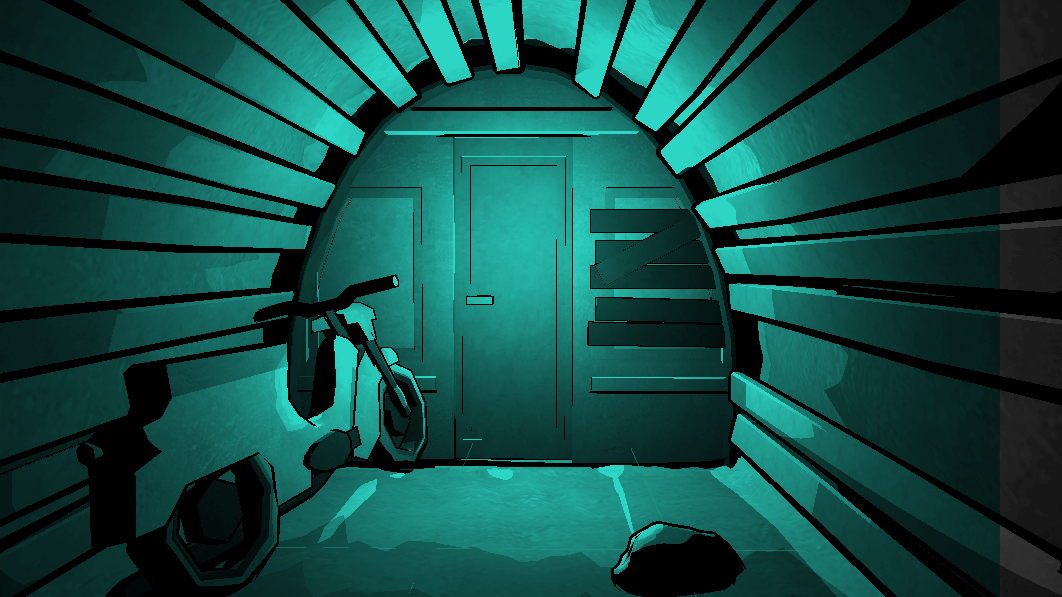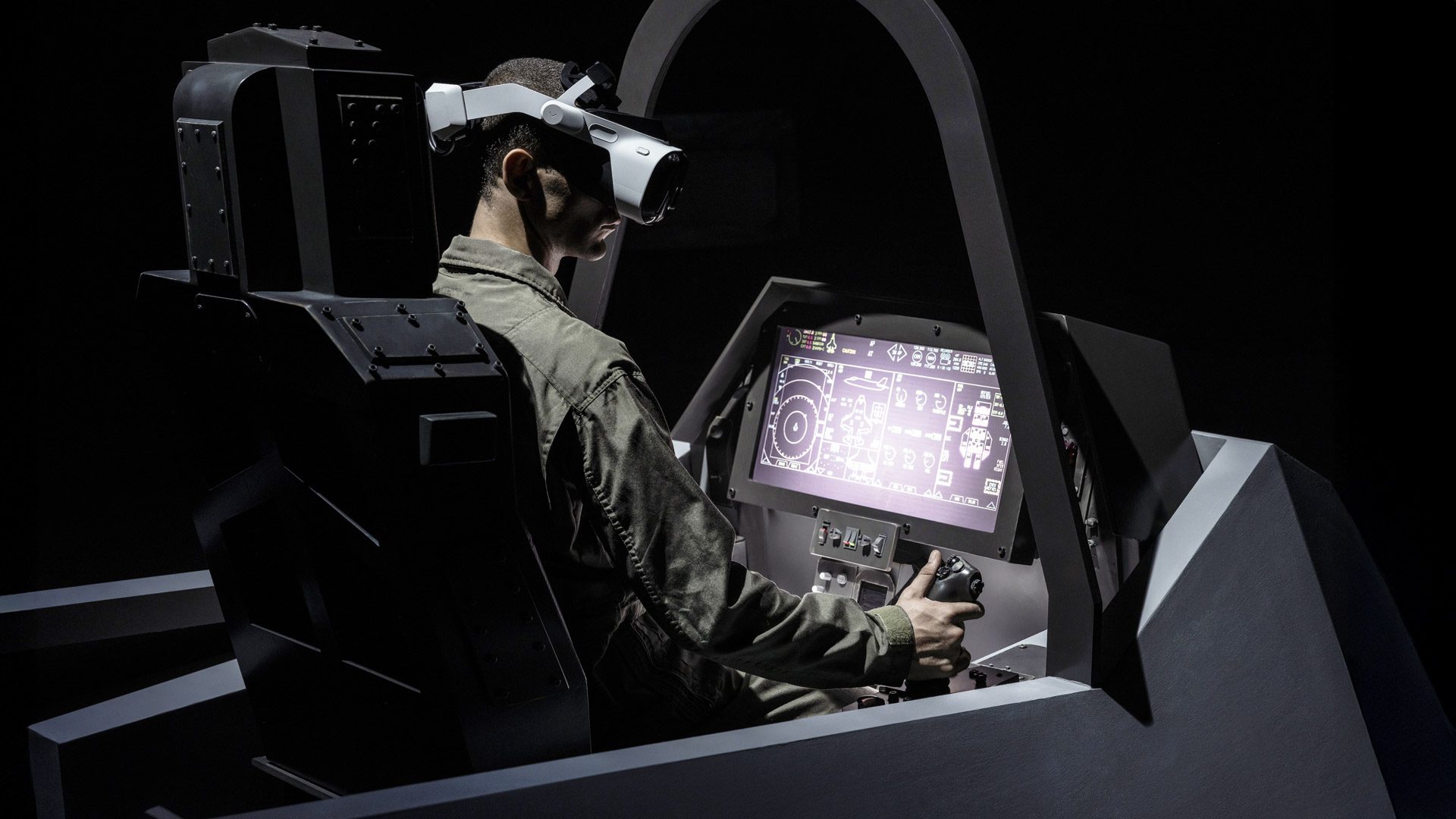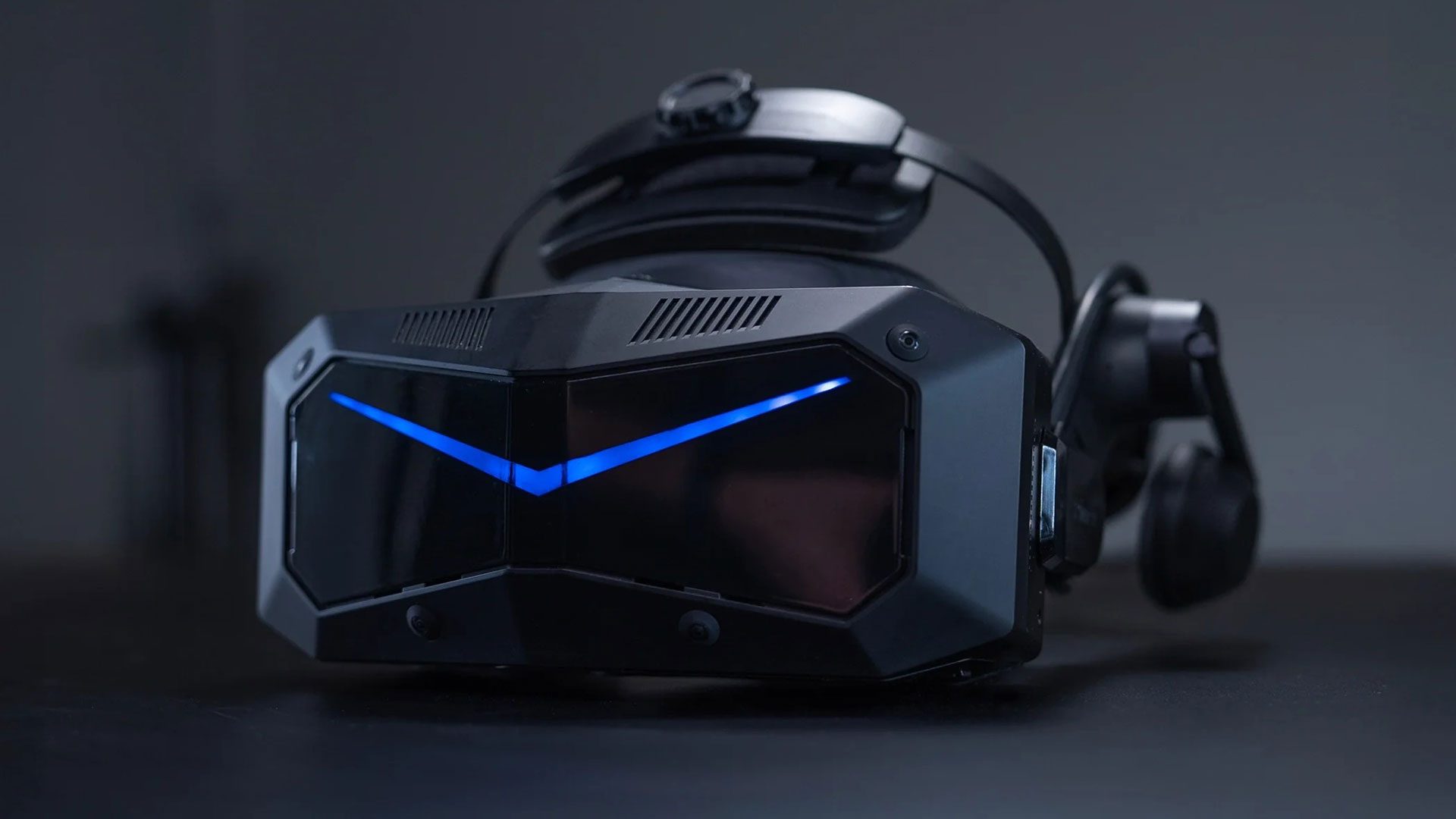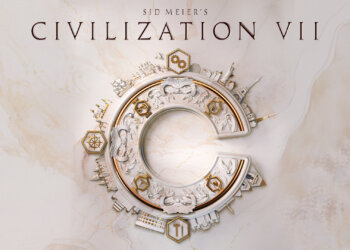Final Fantasy 6 stands out from its predecessors with a unique storytelling approach—an ensemble cast where players can explore the adventures of fourteen different characters. This is the largest roster in the series, which allows the narrative to weave from one character’s journey to another, providing a rich tapestry of interconnected stories. Some might argue that Terra, featured prominently in the game’s promotional material and at the story’s onset, serves as the central protagonist. However, other characters like Celes, Locke, and the Figaro brothers take the spotlight just as significantly, each contributing deeply to the narrative.
The game’s mechanics perfectly complement its diverse character lineup. Thanks to the Espers/Magicite system, nearly every character has the potential to learn powerful spells, transforming even initially weaker members like Relm into formidable fighters if developed properly. This design choice ensures that the game maintains a satisfying power curve, where each hero brings unique abilities to the table. These distinct skills and story arcs are essential components of ranking Final Fantasy 6’s characters in a tier list.
In what many fans consider the pinnacle of the game’s party roster— the S-Tier— we find characters who excel both in gameplay and narrative depth. Before Espers and Magicite are even introduced, these characters showcase their abilities, proving their value in the party. Terra, Locke, Edgar, and Sabin, the initial heroes players encounter, join forces with Celes, a pivotal character from the iconic Opera House scene, to form this elite group.
Each S-Tier character embodies significant themes within the overarching plot. Terra’s quest for identity and understanding of love, Celes and Locke’s evolving relationship rooted in shared trauma and redemption, and the Figaro brothers navigating their familial and civic duties all reflect the deep narrative threads interwoven throughout the game. These arcs resonate throughout the story, securing these characters as main figures in the epic.
Moving down slightly, we find the A-Tier characters. This tier includes heroes like Cyan, Gau, and Shadow, who, while not always excelling in all aspects, bring either powerful combat abilities or profound narratives to the table. Cyan’s story is among the most heartfelt, yet he doesn’t boast the combat prowess that other characters might. Conversely, Gau and Shadow shine in battle, often providing game-breaking abilities if players invest in developing them properly, although their story arcs might not match their combat potential.
B-Tier characters often lack a significant impact, either narratively or in combat. Setzer, for instance, has a single noteworthy development before becoming overshadowed by other characters. Relm and her grandfather, Strago, reveal glimpses of greatness but only within specific strategies or contexts. Despite their underappreciated potential, these characters often play second fiddle within the game’s sprawling ensemble.
Lastly, the C-Tier introduces optional characters Gogo and Umaro, who, despite their captivating appeals as “secret” heroes, don’t offer much in terms of narrative or combat. Locked out of using Espers, they lag behind in development. Gogo, however, serves as a delightful nod to Final Fantasy 5, a detail Western audiences might have missed upon the game’s initial release.
In the world of Final Fantasy 6, each character finds their place within the narrative and the player’s strategic preferences. As much as the game is about saving the world, it’s also a journey through diverse stories and relationships, each contributing to a masterpiece that has captivated players for decades.















































